20+ SAMPLE Stakeholder Plan
-

Stakeholder Engagement Plan Template
download now -
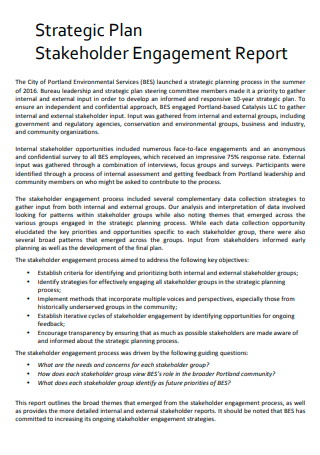
Stakeholder Engagement Report Strategic Plan
download now -
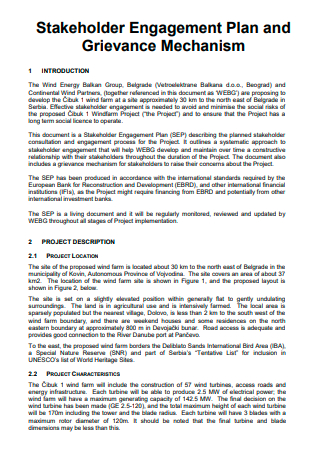
Stakeholder Engagement Plan and Grievance Mechanism
download now -
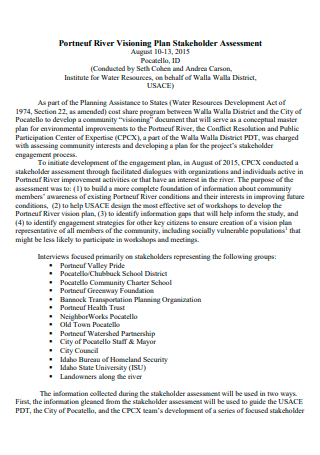
Stakeholder Assessment Plan
download now -

Stakeholder and Public Engagement Plan
download now -
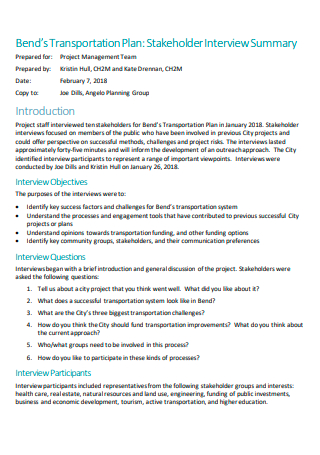
Stakeholder Transportation Plan
download now -
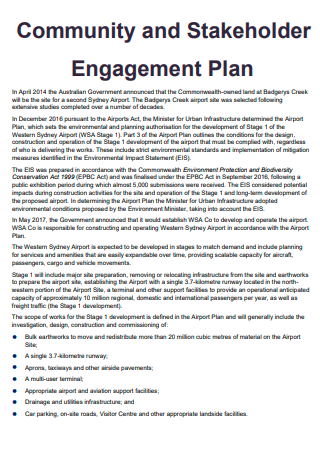
Community and Stakeholder Engagement Plan
download now -
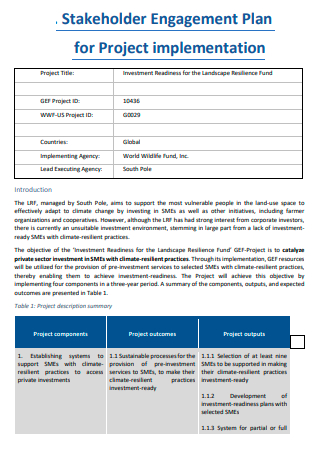
Stakeholder Engagement Plan For Project implementation
download now -
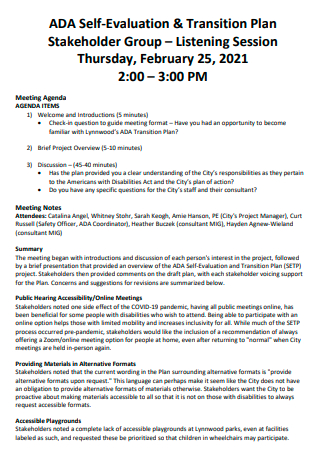
Stakeholder Group Plan
download now -
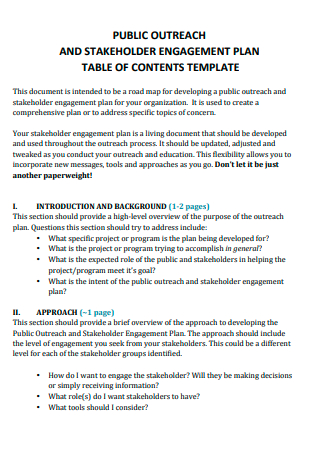
Public Outreach Stakeholder Engagement Plan
download now -
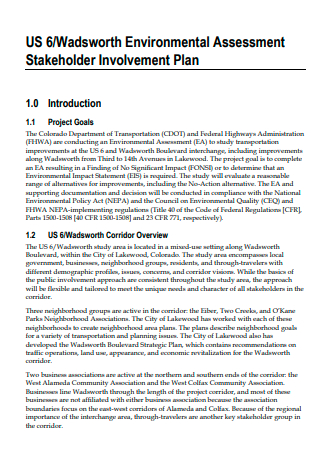
Stakeholder Involvement Plan
download now -
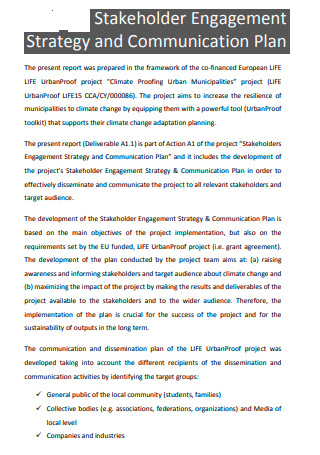
Stakeholder Engagement Strategy and Communication Plan
download now -
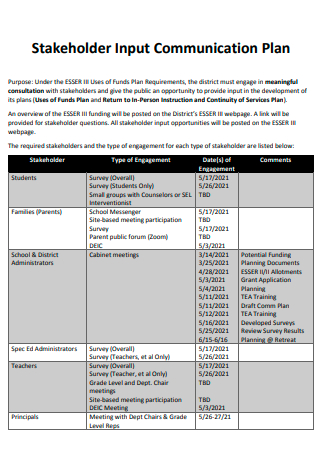
Stakeholder Input Communication Plan
download now -
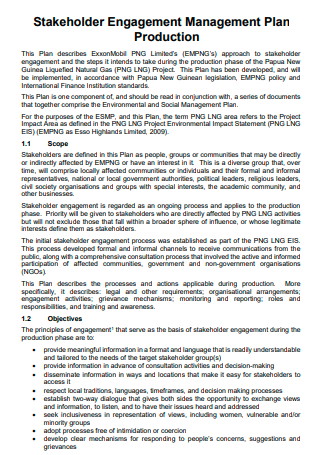
Stakeholder Engagement Management Plan
download now -

Stakeholder Engagement and Feedback Equity Plan
download now -
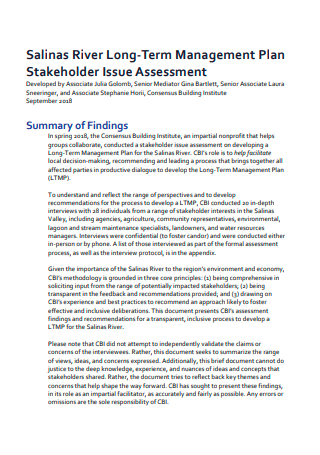
Stakeholder Issue Assessment Long-Term Management Plan
download now -
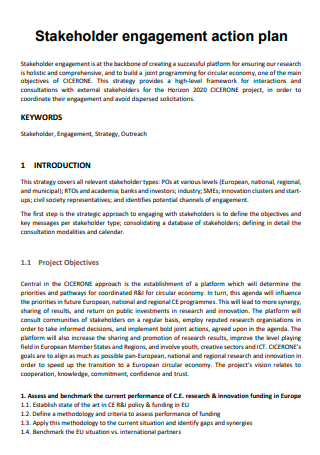
Stakeholder Engagement Action Plan
download now -
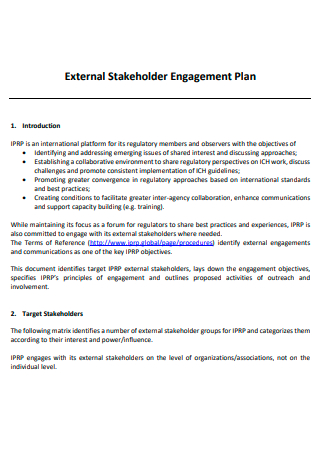
External Stakeholder Engagement Plan
download now -
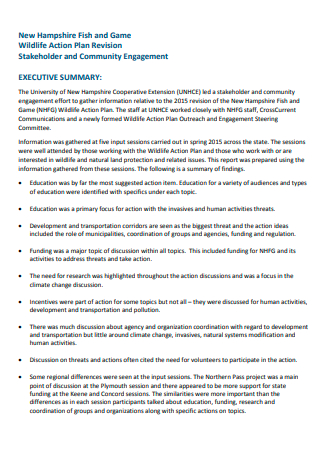
Stakeholder and Community Engagement Action Plan
download now -
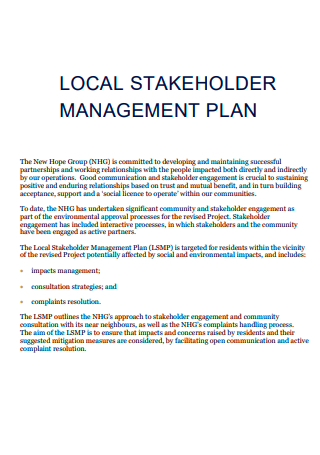
Local Stakeholder Management Plan
download now -
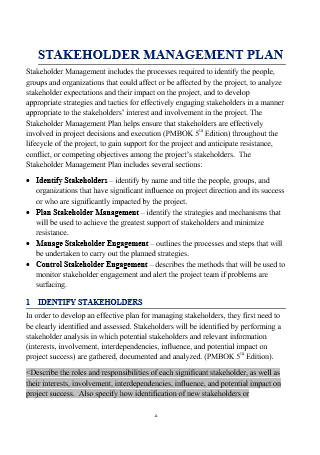
Stakeholder Management Plan
download now
FREE Stakeholder Plan s to Download
20+ SAMPLE Stakeholder Plan
What Is a Stakeholder Plan?
Stakeholder Plan: What’s Inside It?
What Are the Different Examples of Stakeholders?
How to Develop a Stakeholder Plan
FAQs
Why is a stakeholder plan important?
What is the difference between a stakeholder and a shareholder?
Is transparency important when developing a stakeholder plan?
What Is a Stakeholder Plan?
First and foremost, what is a stakeholder? By definition, this refers to the people or entities that have an interest in a particular company. They can be internal or external to the company that they hold a stake in, and these entities can be affected by how the company operates or can influence their decision-making process. Stakeholders can include not just a company’s directors and trustees, but also anybody who invested in the figurative share and anyone who might get paid out of it. This essentially means that stakeholders can include the company’s vendors, workers, and customers, as well as residents of the community where its offices or factory may have an impact on the local economy or environment.
In order for the company to properly engage with its stakeholders, they need to be able to understand their wants, needs, and their attitude regarding the company’s projects and operations. This is where a stakeholder plan comes into play. This is a business document that can be referred to as a stakeholder engagement plan or a stakeholder management plan. This document lays out how the team intends to oversee key stakeholders’ goals and expectations throughout the project life cycle. This document is frequently developed in conjunction with the primary project plan for a particular body of work. In other terms, this document is created before the start of a project, and it is maintained on record and updated as needed during the project. This document is critical for a company since key stakeholder engagement may make or break a project. It will assist the organization in ensuring that deliverables and stakeholder expectations are aligned, allowing the project to be considered a success.
Stakeholder Plan: What’s Inside It?
Listed and discussed below are the key components that make up an effective stakeholder plan:
What Are the Different Examples of Stakeholders?
Listed and discussed below are some of the most common types/examples of stakeholders that exist:
How to Develop a Stakeholder Plan
Engaging with the company’s stakeholders will help the company understand what they will need, what they expect, and what level of influence they have over the company, and proper planning is usually needed in order to do so. With that being said, here are the key steps to follow in order to develop a stakeholder plan:
1. Identify Who the Stakeholders Will be
In the process of creating the stakeholder plan, this is the first important step that needs to be followed. Here, what needs to be done is to clearly and properly identify the stakeholders who are going to be included in this document. In this step, conduct a stakeholder analysis to identify all stakeholders associated with the project when determining who the stakeholders will be. A meeting with the project sponsor can also be scheduled to clearly establish the project sponsor’s expectations, as well as any concerns or difficulties they may have with the suggested plan. This stage is useful for determining who each stakeholder is and how they might affect the project’s scope, as well as creating stakeholder communication expectations.
2. Prioritize the Stakeholders
After identifying who the stakeholders will be in a particular project, a minor step that can be added will be to hold a meeting with them in order to learn more about their role. Then, prioritize all stakeholders based on their impact and interests in the business after identifying and meeting with them. This allows you to identify which stakeholders will demand the most effort during the project and which will have the most impact. High-influence and high-interest stakeholders, high-influence and low-interest stakeholders, low-influence and high-interest stakeholders, and low-influence and low-interest stakeholders are the four types of stakeholders.
3. Develop Means of Communicating With the Stakeholders
After classifying the stakeholders according to their influence and interest, it’s time to proceed to this step. Begin planning how to engage and connect with each of the persons that have been identified and prioritized in this phase of establishing the stakeholder plan. This approach should be modified for each individual as needed, taking into consideration their particular communication preferences and level of project participation. The type of communication, the regularity of communication, the communication style, and who is engaged with each sort of communication are all elements that might influence the establishment of a communication technique.
4. Set Some Expectations
After developing means by which the company can communicate with the stakeholders, it’s time to proceed to this part of creating the stakeholder plan. In addition to the communications plan, it’s critical to set project expectations. Create project timeframes and describe the procedure for stakeholders to provide input. This may help the company in the process of managing the project and the expectations of each stakeholder.
5. Document and Implement
After setting shareholder expectations, proceed to this step of creating the stakeholder plan, which will serve as the last. Share the plan with the whole project team at this point so that everyone can double-check and modify the data and make any last-minute modifications or additions. After the stakeholder plan has been properly verified and edited, it is time to put it into action as part of the broader plan. It’s also crucial that everyone gets access to the strategy. This increases project transparency, which helps to develop confidence among all stakeholders.
FAQs
Why is a stakeholder plan important?
A detailed stakeholder plan of action guarantees that the stakeholders’ interests and expectations are known, giving the organization the opportunity to handle them correctly. A communication plan helps anyone to explain to a project team how communication will function, including who will be informed of what and when. Developing a stakeholder strategy also allows the organization to better anticipate stakeholder demands and handle any issues ahead of time.
What is the difference between a stakeholder and a shareholder?
While stakeholders and shareholders sound very similar, their meanings are not the same. A company stakeholder is someone who cares about the company’s success or failure. The policies and objectives of the organization can impact or be affected by a stakeholder. Internal or external stakeholders are also possible. A company shareholder, on the other hand, is someone who owns at least one share of a corporation and so has a financial stake in its success. Individual individuals or huge companies that want a say in how a firm is run are called shareholders.
Is transparency important when developing a stakeholder plan?
Yes, while building a stakeholder strategy, transparency is crucial. To do so, a strategy must be devised that promotes and preserves transparency through open two-way interaction. When openness is prioritized in the development of this plan, it fosters confidence among corporate stakeholders, allowing the project to receive their support and collaboration.
Companies engaging in projects should take note of the impact that their stakeholders can hold. As stated earlier, these are the entities that can have an interest in the project’s success for personal and/or professional reasons. In order to effectively interact with the stakeholders to ensure that their expectations and needs in the project are met, this document is needed. Whenever you’re having difficulty in creating this type of document, there are plenty of sample templates that are available in this article which can aid you in creating this plan.
